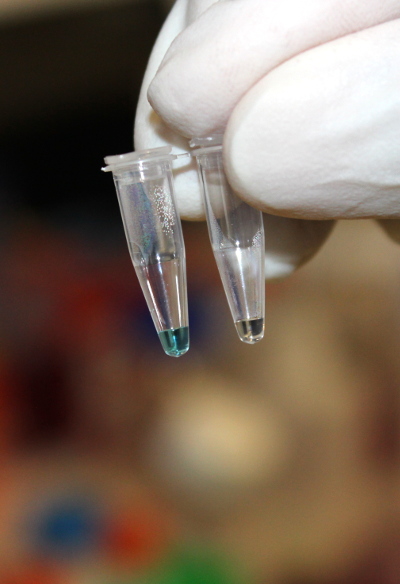Gold told to detect disease

Teams from Griffith University and the University of Wollongong have worked together to develop the diagnostic devices, which consist of gold-loaded nanoporous iron oxide nanocubes, which can sense various kinds of bodily fluid.
While they do contain gold nanoparticles, the researchers are aiming to develop a portable diagnostic device for less than $5.
Most current diagnostic methods use expensive biomaterials and rely on sophisticated instrumentation, limiting their use in developing countries and other resource-poor settings.
The new two-step diagnostic method uses the gold-loaded nanoporous iron oxide nanocubes for magnetically isolating the cancer biomarkers, proteins, DNA or RNA in serum and tissue samples collected from cancer patients.
A simple and inexpensive non-invasive sensing device can then provide a highly accurate result to patient in a short time for early diagnosis of cancer.
The test has already proved to be accurate in detecting concerning results in clinical samples.
“The developed test is particularly suitable for rapid screening of early cancer biomarker in underdeveloped countries where many people simply can’t afford the high economic burden of cancer diagnostics and it will also be very suitable for Australian biotechnology industries as it allows a rapid and inexpensive method to detect diseases at point-of-care,” says researcher Dr Muhammad Shiddiky.
The team is now trying to test the various types of functional nanoporous iron oxides with different metal loading employing simpler strategies to enable industry-scale productions.








 Print
Print